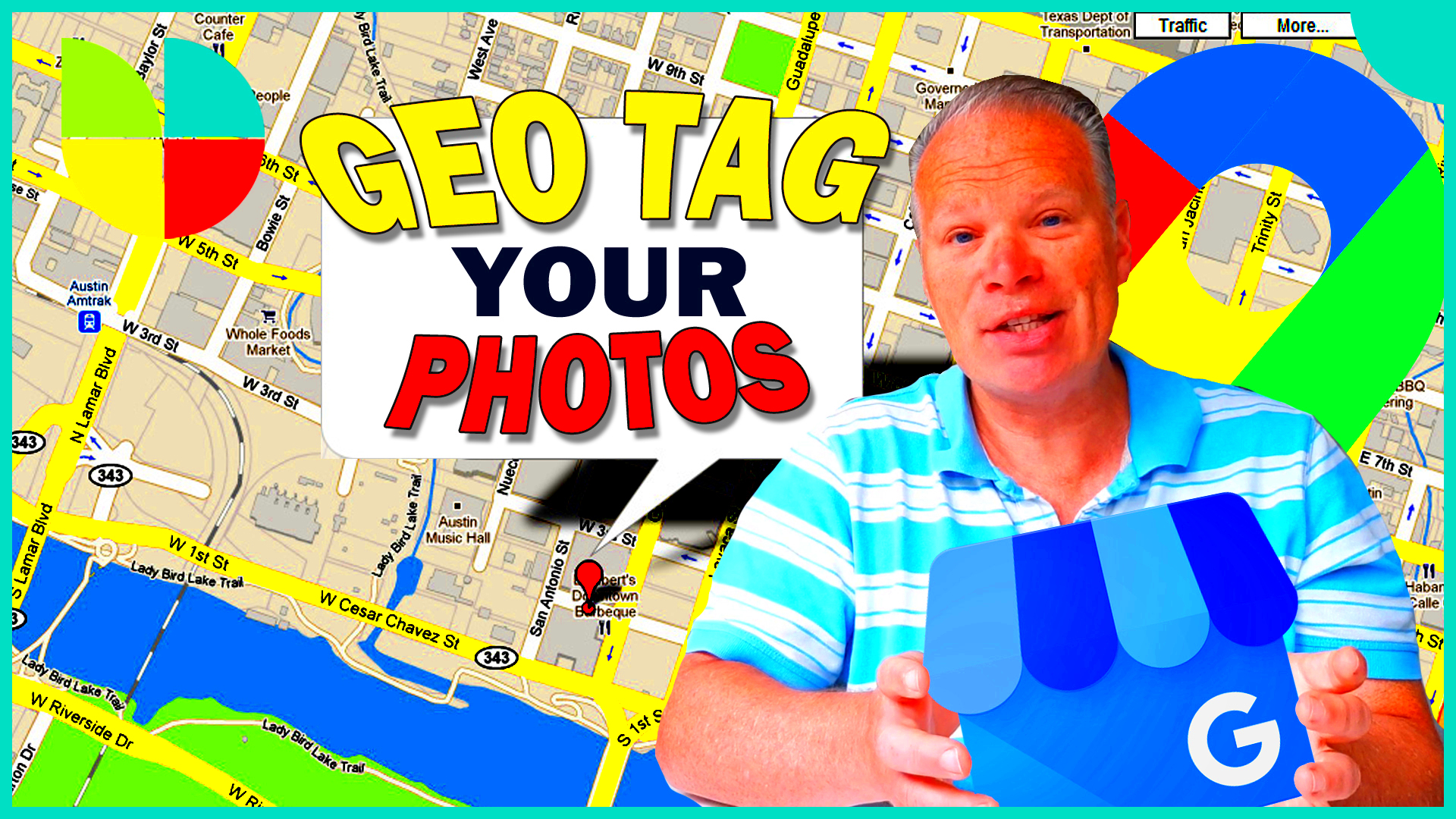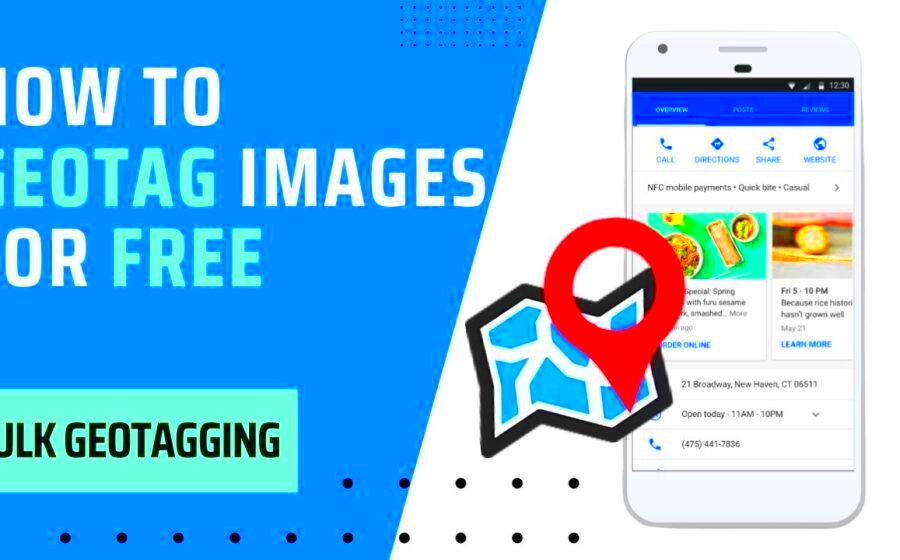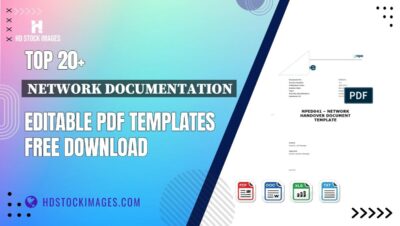Geotagging is a fantastic way to enhance your photography experience. It involves adding geographical information to your images, such as location coordinates. This simple addition can significantly improve how you organize, search, and share your photos. In today’s digital world, where countless images are captured daily, geotagging helps you keep your memories organized and accessible.Some of the main benefits of geotagging include:
- Improved Organization: With geotags, you can easily categorize your photos by location. This makes it simple to find specific images later.
- Enhanced Storytelling: Geotagged images provide context to your photos, allowing viewers to understand where and when they were taken.
- Easy Sharing: When sharing on social media, geotagging can automatically tag your images with location details, increasing engagement.
- Better Searchability: Many platforms allow you to search for photos based on location, making it easier to find the images you need.
Choosing the Right Tools for Geotagging

To get started with geotagging, it's essential to choose the right tools that fit your needs. Several options are available, ranging from software applications to mobile apps. Here are some popular tools you might consider:
| Tool Name | Type | Key Features |
|---|
| GeoSetter | Software | Free, easy to use, supports batch geotagging |
| ExifTool | Software | Powerful command-line tool for advanced users |
| Geotag Photos Pro | Mobile App | Tracks locations, syncs with photos later |
| PhotoSync | Mobile App | Transfers photos while adding geotags |
When selecting a tool, consider your skill level and the specific features you need. If you're just starting, a user-friendly app might be best. For advanced users, a software program with more capabilities could be the right choice.
Step-by-Step Guide to Geotagging Your Images
Now that you understand the benefits of geotagging and have chosen your tools, let's dive into how to geotag your images effectively. Here’s a simple step-by-step guide to help you get started:
- Step One: Capture Your Photos - Take pictures as you normally would. Make sure your camera or smartphone has location services enabled.
- Step Two: Open Your Geotagging Tool - Launch the software or app you have chosen for geotagging.
- Step Three: Import Your Images - Select and import the images you want to geotag. Most tools allow you to import multiple images at once.
- Step Four: Add Location Data - Use the map feature in your tool to select the exact location where the photos were taken. Some tools allow you to drag a pin to the correct spot.
- Step Five: Save Changes - Once you’ve added the geotags, be sure to save your changes to the images. This ensures the location data is stored with the photo.
By following these steps, you can efficiently geotag your images and enjoy all the organizational benefits that come with it.
How to Verify Geotags in Your Images
After you’ve added geotags to your images, it’s essential to verify that the information is correct. This step ensures that you can easily find your photos later. Fortunately, checking geotags is a straightforward process, whether you’re using software on your computer or apps on your phone.Here are some methods to verify geotags:
- Using Software: Programs like GeoSetter or Adobe Lightroom let you view the geotag data. Simply open the image, and look for the location information in the metadata.
- Mobile Apps: If you’re using a mobile app, check the photo details section. Most apps display geotag information along with other metadata like date and time.
- Online Services: Upload your images to services like Flickr or Google Photos. These platforms often show geotag information on the image page.
To ensure accuracy, double-check the coordinates or location name against a map. You can also use tools like Google Maps to confirm the location is where you intended to geotag your photo. Remember, accurate geotags will make it much easier to organize and retrieve your images later.
Best Practices for Organizing Geotagged Images
Once you’ve geotagged your images, the next step is to keep them organized. Proper organization can save you time and frustration when searching for specific photos. Here are some best practices to follow:
- Create Folders by Location: Organize your images into folders based on geographic regions or events. For example, you could have a folder for each city or country you’ve photographed.
- Use Descriptive File Names: Instead of generic names, give your files descriptive names that include location details. This helps you remember where the photo was taken at a glance.
- Tagging Within Software: Many photo management tools allow you to add tags or keywords. Use these features to add additional details about the location, event, or subjects in the photo.
- Regular Backups: Always back up your images to avoid losing your work. Use cloud storage or external drives to keep copies of your organized geotagged images.
By implementing these best practices, you’ll find that accessing and sharing your geotagged images becomes much more manageable.
Common Mistakes to Avoid When Geotagging
Geotagging is a useful skill, but there are some common pitfalls that can lead to issues down the line. Being aware of these mistakes can help you geotag your images more effectively. Here are some of the most frequent errors to watch out for:
- Not Enabling Location Services: Forgetting to turn on location services on your camera or smartphone means your images won't be automatically tagged. Always check this setting before starting your shoot.
- Adding Incorrect Coordinates: Double-check the coordinates you enter. Incorrect location data can lead to confusion later when you try to find specific images.
- Ignoring Metadata: Sometimes, the original metadata can be lost during editing. Ensure that your editing software preserves geotag information after you make changes.
- Overlooking Privacy Concerns: Be mindful of sharing geotagged images online, especially if they reveal your home address or sensitive locations. Consider removing geotags from images before posting them on public platforms.
By avoiding these common mistakes, you can enjoy the full benefits of geotagging while keeping your images well-organized and secure.
How Geotagging Enhances Your Digital Workflow
Geotagging your images can significantly streamline your digital workflow. When you capture and organize your photos with location data, you can save time and enhance the way you manage your photography projects. Let’s explore how geotagging can make your life easier.Here are some ways geotagging improves your workflow:
- Quick Location Retrieval: Instead of scrolling through endless folders, you can instantly find photos based on where they were taken. This feature is especially useful for travel photography, where you may have thousands of images from various locations.
- Efficient Cataloging: When you organize images by location, it becomes easier to categorize and sort your work. You can create folders for different regions or events, simplifying your overall organization.
- Seamless Sharing: Many social media platforms recognize geotagged images, allowing you to share your photos with location details automatically added. This can boost engagement and provide context for your audience.
- Enhanced Collaboration: If you work with a team or share your images with clients, geotags can help everyone understand the context of the photos. This clarity can lead to better communication and project outcomes.
Incorporating geotagging into your photography process not only saves time but also enhances your overall creative workflow.
FAQ about Geotagging Images
Geotagging can be a bit confusing at first, so let’s address some common questions to help clarify any doubts you might have.
- What is geotagging?
- Geotagging involves adding geographical metadata to your images, including location coordinates and names. This information can be stored in the image file itself.
- How do I geotag my images?
- You can geotag images using various tools and software, such as mobile apps, desktop applications, or even some cameras that have built-in GPS functionality.
- Is geotagging safe?
- While geotagging has many benefits, it’s important to consider privacy. Avoid sharing geotagged images that reveal sensitive locations, such as your home address.
- Can I remove geotags from my images?
- Yes, you can remove geotags from your images using various software options. Make sure to do this before sharing images publicly if you have privacy concerns.
- Do all social media platforms support geotagging?
- Most major platforms, like Instagram and Facebook, support geotagging. However, the way they display or utilize this information can vary.
By answering these frequently asked questions, we hope to demystify the concept of geotagging and encourage you to incorporate it into your photography.
Conclusion on the Importance of Geotagging for Image Organization
In summary, geotagging is more than just a trendy feature; it’s a valuable tool for anyone looking to improve their image organization and workflow. By adding geographical information to your photos, you can easily categorize and retrieve images based on location, enhancing both personal and professional projects.Here are some key takeaways:
- Improved Accessibility: Geotagging makes it simple to locate images when you need them, saving you time and hassle.
- Enhanced Context: Providing location information gives viewers a better understanding of your photography, adding depth to your stories.
- Increased Efficiency: An organized library of geotagged images streamlines your workflow, allowing you to focus more on creativity and less on searching.
Overall.
 To get started with geotagging, it's essential to choose the right tools that fit your needs. Several options are available, ranging from software applications to mobile apps. Here are some popular tools you might consider:
To get started with geotagging, it's essential to choose the right tools that fit your needs. Several options are available, ranging from software applications to mobile apps. Here are some popular tools you might consider:
 admin
admin








